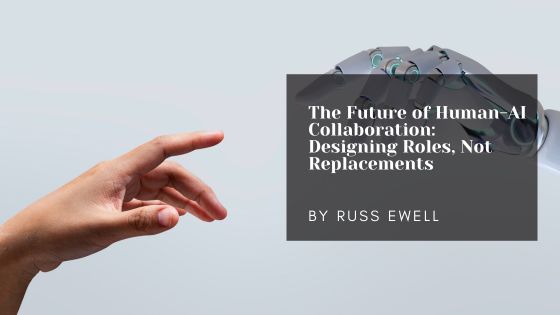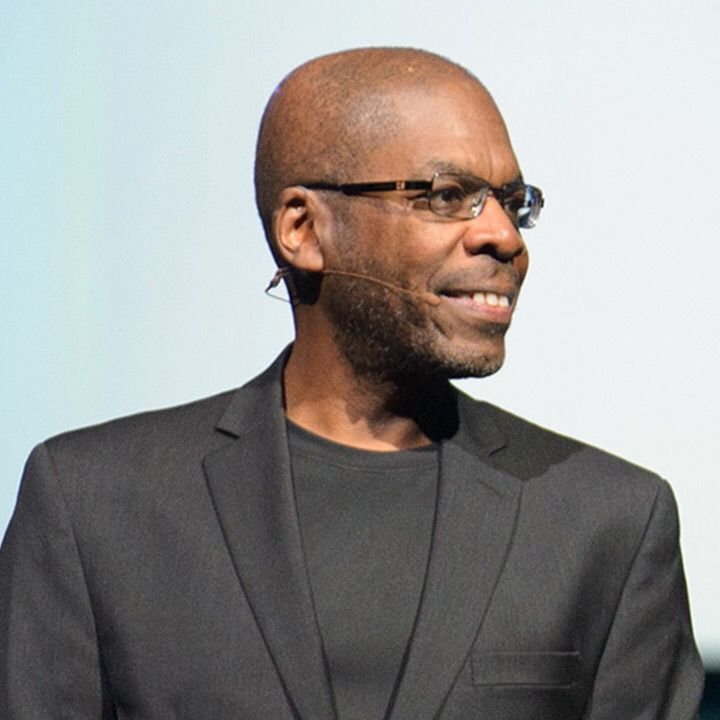As artificial intelligence continues to evolve at an unprecedented pace, many headlines focus on automation, job loss, and machines replacing people. But that narrative misses a more nuanced and hopeful reality: the future of AI is not about replacement, it’s about collaboration. Forward-thinking organizations are shifting the conversation from “What jobs will disappear?” to “How can humans and AI work better together?”
AI as a Partner, Not a Threat
Artificial intelligence excels at tasks that involve data processing, pattern recognition, and repetitive actions. It can analyze massive datasets in seconds, identify anomalies, and optimize complex systems. But AI lacks creativity, emotional intelligence, ethical reasoning, and human context—qualities that are critical in decision-making, leadership, and innovation.
The most productive approach is to design roles that allow humans and AI to complement one another. In this partnership, AI handles routine or data-intensive work, freeing up human workers to focus on tasks that require judgment, empathy, and strategic thinking.
Redefining Work Across Industries
Across multiple sectors, we’re seeing new hybrid roles emerge:
-
Healthcare: AI can help radiologists identify patterns in medical scans, but human doctors provide the context, empathy, and patient care decisions.
-
Education: AI tutors can personalize content delivery, while teachers foster social development, critical thinking, and moral reasoning.
-
Finance: AI models can detect fraud and forecast markets, but human advisors guide clients through complex emotional and ethical financial decisions.
These examples illustrate a powerful truth: the future belongs to those who know how to collaborate with machines, not compete with them.
Designing Jobs with Intention
To prepare for this collaborative future, businesses must rethink job design from the ground up. That means:
-
Identifying Complementary Strengths: Define what AI does best, and what humans do best. Design workflows that allow each to contribute where they’re strongest.
-
Investing in Reskilling: Employees should be trained not just to use AI tools, but to interpret their output, spot errors, and apply human judgment to machine-generated insights.
-
Creating Feedback Loops: Human-AI collaboration works best when there’s continuous learning. Employees should be able to fine-tune AI outputs, and AI should learn from human corrections over time.
The Role of Leadership and Culture
Leaders play a vital role in fostering an AI-positive culture. That means encouraging experimentation, reducing fear of automation, and being transparent about how AI will be used in the workplace. Clear communication helps shift the focus from job loss to job evolution.
Moreover, ethical considerations must be at the forefront. AI should be used to enhance human dignity and well-being, not undermine it. Companies that prioritize fairness, transparency, and inclusion in their AI strategies will be better positioned for sustainable success.
Conclusion
The future of work isn’t about humans versus machines. It’s about synergy. By designing roles that leverage the unique strengths of both, we can build a workforce that is not only more efficient but also more human. AI is not here to replace us. It’s here to work with us, and the future belongs to those ready to lead that collaboration.

